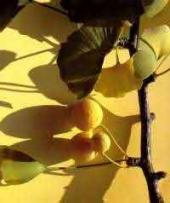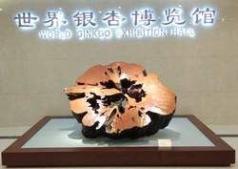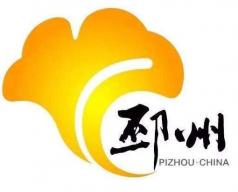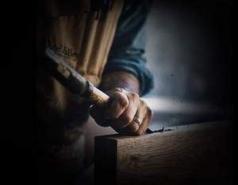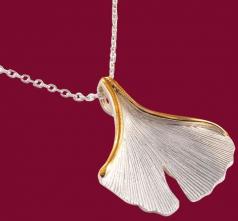Mr. + Mrs. Ginkgo
Ginkgo Museum
Mr. and Mrs. Ginkgo
A typical characteristic of the Ginkgo tree is the existence of male and female trees.
Until the first flowering occurs (after approx. 30-40 years), it is hard to distinguish between them at first sight. However, the shape of the female trees is rounder and more spherical in contrast to the thin and tall male trees. Another distinctive feature can be observed in spring when the trees are budding. The female trees usually unfold their small and conic pointed buds 2 to 3 weeks later than the big rounded male buds which are almost twice as big.
Since the trees do not bloom until they are older, reproduction also isn"t possible until then.
It could be assumed that the reproductive process works like with other plants:
The blossoms of the female tree open up in spring, they catch the male pollen blown by the wind and they are fertilized.
But far from it! The Ginkgo tree"s sex life is much more complicated: Come flowering time, the female species hasn"t developed any ovum for the pollination. She doesn"t start with preparations until the male pollen has actually reached the female ovaries. From the end of April until the beginning of May, the female species catches the male pollen, but for the present stores it in her ovaries. Once the egg cell is ready, she produces a pollination liquid which then absorbs the stored pollen. From this time until the end of August the female ovaries start to grow up to the size of a cherry. But the process is not done yet! During this growing phase all the material necessary for the real fertilization develops in the female ovaries and the male pollen stored in Spring forms tiny drops which after approximately 120 days make their way to fertilize the egg cell. It is also possible that fertilization only takes place in November or December in the nuts when they drop from the tree. The fallen-off nuts are usually gold-yellowish to brownish, they could be mistaken for small apricots, if it weren"t for the biting, almost rancid smell which is the result of the rotting fatty seed shell.
What is left are the nuts, which are sought after objects of desire by two and four footed collectors.
Ginkgo Museum
- Translation by Susanne Wilm, 2003
- Update by Zenaida des Aubris, 2009
